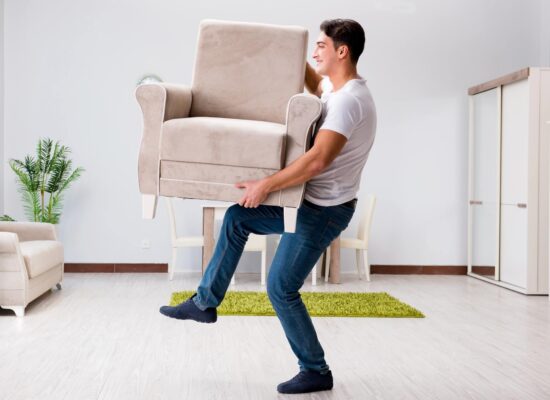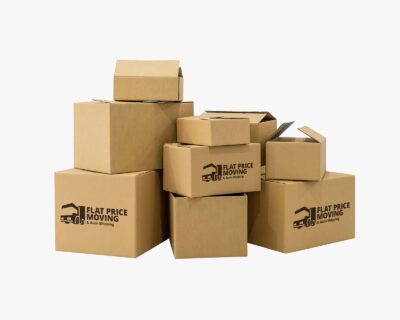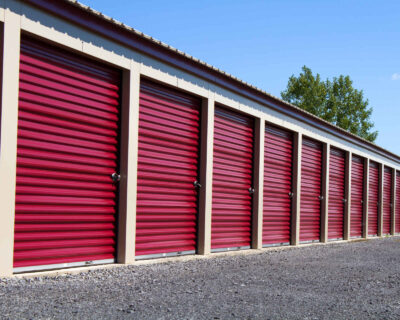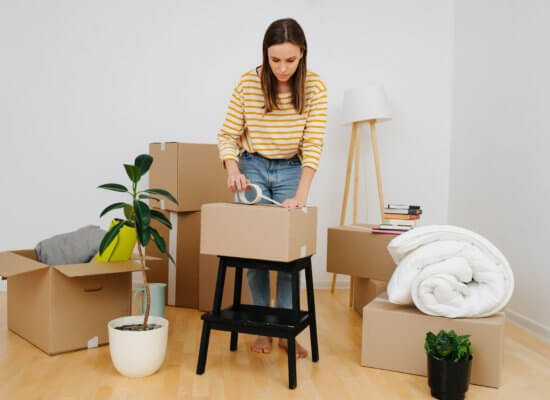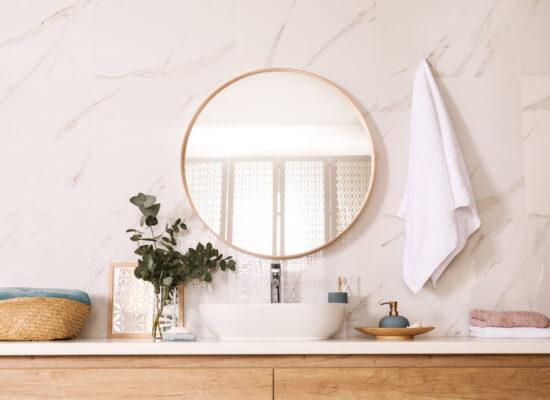How to Protect Floors When Moving: A Comprehensive Guide to Preserving Your Surfaces
Cross-country moving can be a stressful endeavor, especially when worrying about potential damage to your beloved home surfaces. That’s why knowing how to protect floors when moving is crucial. In this comprehensive guide, we will walk you through essential steps and tips to ensure that your flooring remains pristine and untouched, even amidst the chaos of a move. Let’s dive in and safeguard your surfaces in the process.
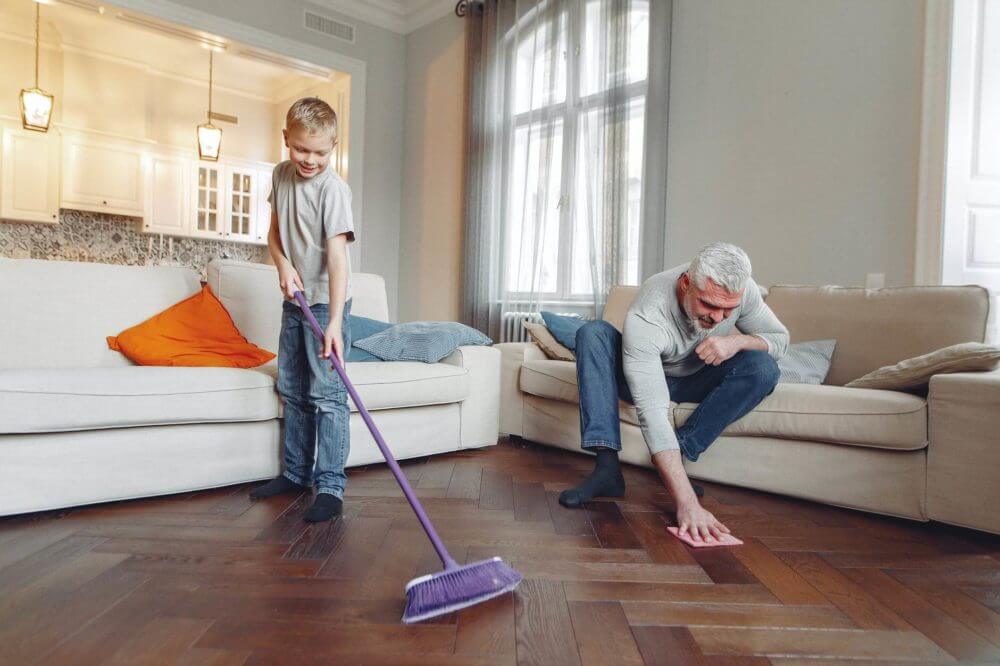
When assessing your home, start by identifying the types of surfaces present in the current home and secure the necessary tools and moving floor protection. Think about hiring an auto transport company for the job as they offer expertise in boxing up and handling heavy objects without damaging the surfaces in your old residence.
Identifying the Types of Floors in Your Home
Each flooring surface comes with its distinct set of care requirements. Understanding the specifics of each surface ensures that you utilize the right cleaning products, avoid potential damage, and maximize its lifespan.
Moreover, if you’re considering relocation to another state, knowing the intricacies of your home’s flooring becomes paramount. Maintaining these surfaces in pristine condition can significantly enhance the value of your residence, making them a prime asset when preparing the home for sale.
Protecting Hardwood and Laminate Surfaces During Relocation
Hardwood and laminate are two of the most sought-after flooring options in modern homes. The rich texture and finish of hardwood surfaces provide an elegant and timeless appeal, while laminate offers a cost-effective alternative that mimics the aesthetics of natural wood.
However, as exquisite as these flooring types are, they’re susceptible to spills, scratches, dents, and other forms of damage, especially during relocations. It’s imperative to know how to protect hardwood floors during the move, as well as their laminate counterparts, to maintain their pristine condition and longevity.
Maintaining the Cozy Comfort of Carpeted Flooring
Carpeted surfaces offer a soft, cozy touch to any living space, making them a popular choice for bedrooms, living rooms, and other areas where comfort is paramount. These flooring types bring warmth and sound insulation, enhancing the overall ambiance of a room.
However, carpets can be prone to stains, dirt, and wear, especially in high-traffic zones. Therefore, when moving or rearranging furniture, it’s essential to take precautions to ensure the longevity and pristine condition of your carpeted flooring.
Check the video below on how to install a carpet protector when getting ready for renovation or relocation.
Ensuring the Integrity of Your Tiled Flooring
Tiled surfaces have long been favored for areas like kitchens, bathrooms, hallways, and entryways due to their durability and ease of maintenance. Whether it’s ceramic, porcelain, or natural stone, tiles offer a variety of designs and finishes to match any home decor.
However, despite their robust nature, these flooring types can be susceptible to cracks or chips, especially under heavy impact or movement. When shifting furniture or undergoing home transitions, it’s pivotal to exercise care to preserve the integrity and beauty of your tiled flooring.
Caring for Concrete and Specialty Flooring Surfaces
Concrete surfaces, often hailed for their industrial appeal and sturdiness, are increasingly finding their place in modern homes, studios, and lofts. Their minimalist charm blends with both contemporary and traditional decors. Yet, alongside concrete, there are numerous special flooring types, such as terrazzo, epoxy, or rubber, each bringing its unique aesthetic and functional properties.
While these surfaces are generally durable, they’re not exempt from potential damage, especially during heavy foot traffic or furniture movement. Therefore, understanding the specifics of each type and how to maintain and protect them is crucial to keep these specialty flooring areas in top-notch condition.
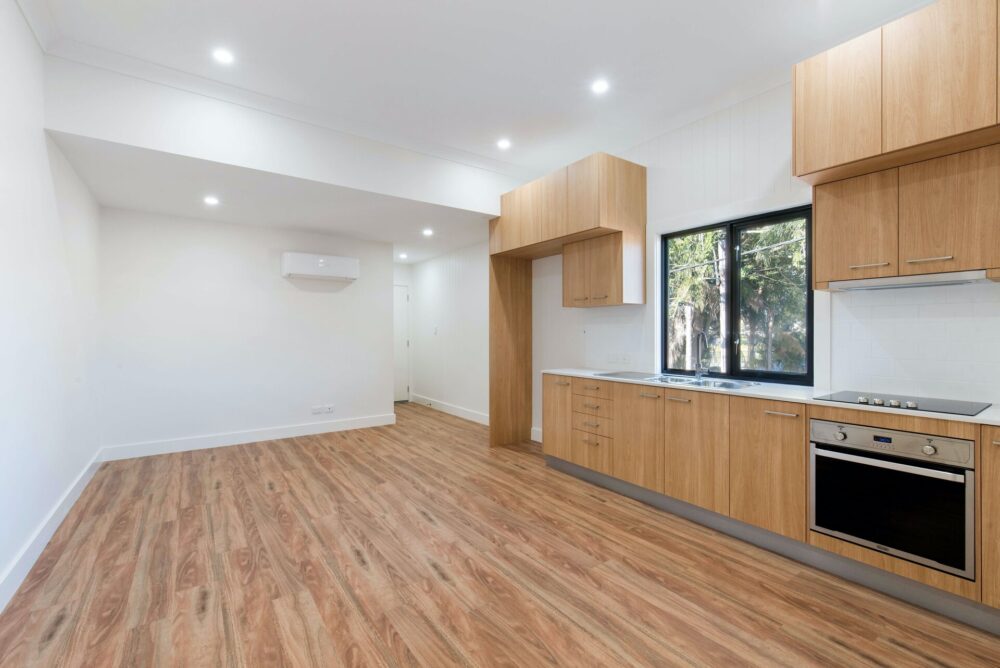
Materials and Tools Needed for Floor Protection
The right tools and materials play a pivotal role in offering the protection your floors deserve. Here’s a comprehensive list of materials tailored to shield and maintain the integrity of various flooring types:
- Surface protectors – these come in the form of pads or mats designed to cover and shield various flooring types from potential damages, especially moving out of your residence,
- Protective plastic sheets – thick plastic sheets that can be laid down to guard surfaces against spills, mud, rain, or dirt,
- Drop cloths – these are usually made of fabric or canvas and are particularly useful during painting or refurbishing tasks to protect the flooring beneath,
- Furniture sliders – designed to be placed under the legs or base of furniture, these help in moving heavy and large items across surfaces without causing scratches or dents.
- Dollies – small platforms with wheels, perfect for transporting heavy objects without direct contact with the flooring,
- Adhesive tape – useful for securing protective materials to the flooring or for marking out areas,
- Edge and corner guards – these are especially handy for protecting the edges of tiled or hardwood surfaces from chips or cracks,
- Non-slip rug pads – these are placed beneath rugs to prevent them from moving and causing potential injuries.
By equipping yourself with these essential tools and supplies, you ensure the longevity and pristine condition of your flooring surfaces.
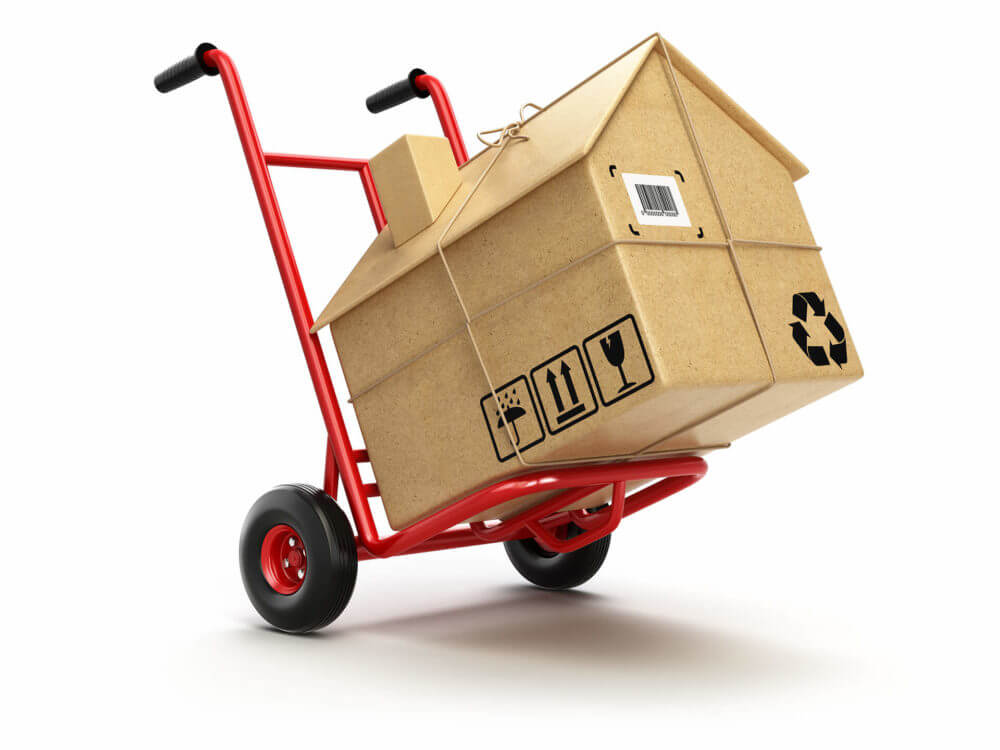
How to Protect Floors When Moving – Step-by-Step Guide
Keep in mind that long-distance relocations, inherently chaotic, can lead to unintended scratches, dents, or stains if not approached methodically. By adhering to a systematic process, you can minimize risks, save on your relocation costs in case your flooring needs repairs, and ensure a smoother relocation to your new home. Not only does this guarantee the longevity of your flooring, but it also ensures a stress-free, organized relocation where each step builds on the previous one, ensuring comprehensive protection.
Ensuring a Secure Foundation With Thorough Surface Preparation
This preparatory phase lays the foundation for all subsequent protective measures. Start by cleaning each surface thoroughly, ensuring that no debris or particles can cause scratches or damage.
Depending on the type of flooring, consider applying a protective sealant or polish to offer an added layer of defense. For areas with high traffic or potential for spills, lay down protective sheets or mats. This not only guards the integrity of your surfaces but also provides a safer environment for movement and work.
Set Defensive Barriers to Uphold the Integrity and Beauty of Your Surfaces
This stage is where the actual shield against potential damages is set in place. Depending on the type of surface, different protective layers are recommended. For hardwood or laminate surfaces, non-adhesive felt pads and runners can provide a buffer against heavy foot traffic and furniture movement.
Tiled and concrete surfaces might benefit from thicker plastic sheeting, preventing chipping or cracking. Meanwhile, carpeted areas can be safeguarded with plastic film or drop cloths, guarding against spills and dirt.
Mastering the Art of Safe Relocation with Careful Movement of Furniture and Appliances
Every drag, push, or inadvertent drop poses a risk. The key is to understand how to move appliances without scratching the floor or causing dents on other surfaces.
Start by investing in furniture sliders, which create a smooth glide over surfaces, reducing friction and potential scuffs. Similarly, for larger appliances, using dollies or wheeled platforms can be instrumental. Always lift furniture rather than dragging it, and when in doubt, seek assistance.
Moving Services
Whether you are moving from New York to Los Angeles or from San Francisco to Chicago, we can help you.
Read morePacking Services
Our moving teams are trained to pack your belongings in the most efficient manner possible.
Read moreStorage Service
Knowing what kind of surprises cross country move may hold, we offer 30 day free storage for belongings at the origin state.
Read morePost-Move Cleanup and Inspection Is a Must
Following a relocation, it’s vital to prioritize your flooring surfaces with a move-out cleaning and final walkthrough. Begin by removing any protective materials laid out, such as plastic sheets or drop cloths.
With those removed, conduct a thorough cleanup using products suitable for each specific surface type. This not only revives the shine and freshness of your floors but also ensures any dirt or debris is eliminated. Beyond cleaning, a final walkthrough is crucial. Look for any potential scratches, dents, or stains that might have occurred during the move. Early detection allows for timely repair or treatment.
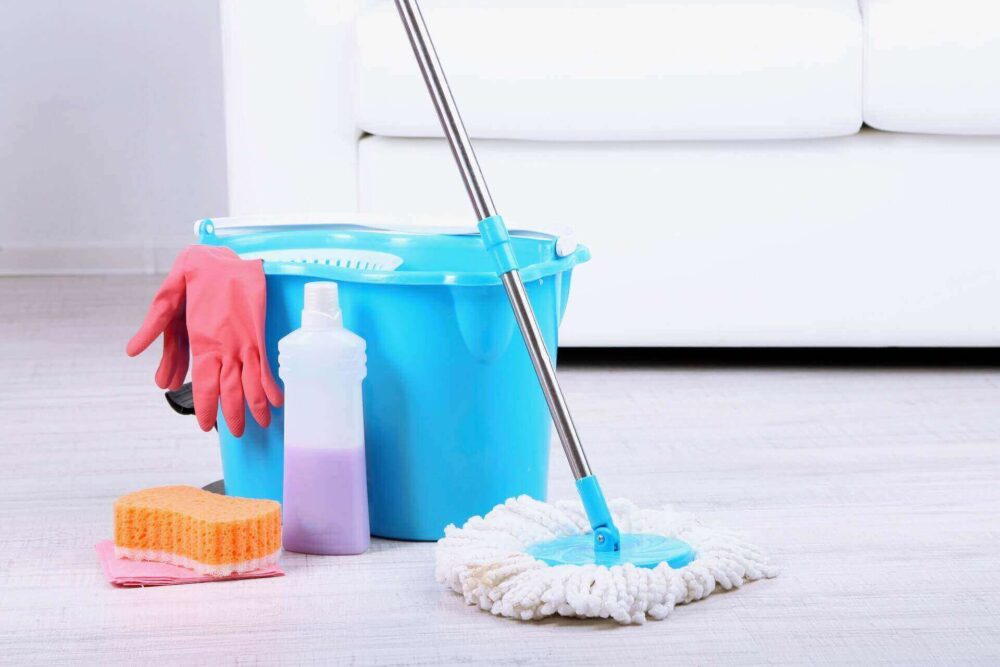
What Are the Benefits of Hiring a Long-Distance Moving Company
Here at Flat Price Auto Transport and Moving, we understand the intricacies and challenges of long-distance relocations, especially when it comes to preserving the integrity of your home’s flooring surfaces. Moreover, hiring a moving company like ours offers numerous relocation benefits.
We utilize top-of-the-line materials to guard your flooring against potential damage, especially when handling heavy furniture and appliances. As experienced cross-country movers, we recognize the unique concerns of lengthy transitions and are equipped to address them.
Beyond just the safeguarding of floors, our services alleviate the relocation stress, ensuring every item reaches its destination in impeccable condition. Entrusting your move to professionals ensures that both your belongings and flooring surfaces receive the care and protection they deserve.
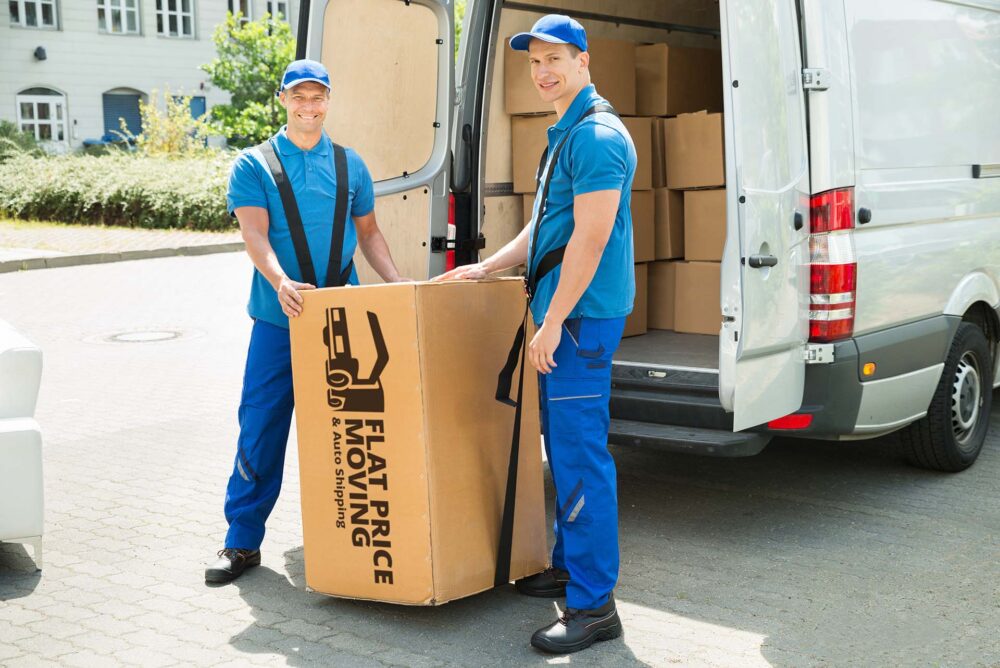
Leave Your Surfaces Intact by Booking Our Long-Distance Moving Services
Choosing Flat Price Auto Transport and Moving for your relocation to a new city is not just the right decision for a smooth and safe relocation but also a commitment to excellence and meticulous care for your possessions. We provide more than standard moving services as our expert crew ensures a comprehensive approach that safeguards every corner of your current and future residence.
Our top-tier packing services employ premium packaging materials specifically designed to shield your surfaces from potential mishaps. From the moment our team steps into your home until the final box is moved, we maintain a strict protocol to keep your floors in pristine condition. If the flawless transition of your belongings and a stress-free move sound like a dream come true, contact us and let us slide you across the country.
FAQ
What Types of Floor Protection Materials Are Available?
There are several floor protection materials available, including felt pads, non-slip runners, plastic sheeting, drop cloths, and rubber mats, all tailored to safeguard different flooring surfaces.
How Do I Protect My Floors From Heavy Furniture and Appliances?
To protect your flooring surfaces from heavy items, utilize furniture sliders, wheeled dollies, and thick padding. Always lift rather than drag, and consider using protective sheets or boards beneath particularly heavy objects.
Can Long-Distance Movers Provide Floor Protection Services?
Many long-distance movers not only specialize in safely transporting your belongings but also offer comprehensive floor protection services. This entails using specific materials and techniques to ensure that your flooring surfaces stay pristine and undamaged throughout the relocation process. By entrusting your move to such professionals, you can have peace of mind knowing both your belongings and floors are in expert hands.
Are There Special Considerations for Protecting Hardwood Floors?
Hardwood surfaces are prone to scratches and dents. Using non-adhesive felt pads and runners and avoiding dragging any items are essential precautions. Additionally, ensure the floor is clean before the relocation commences to prevent debris from causing scratches.
How to Protect Wood Floors When Moving if I'm Relocating in Rainy or Snowy Weather?
If you are moving in the heavy rain or facing a winter relocation, remember to use waterproof plastic sheeting or mats. Ensure that your shoes are clean and dry, and consider creating a temporary pathway using cardboard or mats to minimize direct contact with wet or muddy shoes.
What's the Best Way to Protect Carpeted Floors During a Move?
For carpeted surfaces, plastic film protectors or drop cloths work well. These materials protect against spills, dirt, and the wear of foot traffic, all while being easily removable after the relocation.
Can I Reuse Floor Protection Materials for Future Moves?
Many floor protection materials, like rubber mats and certain types of plastic sheeting, can be reused. However, any materials showing significant wear or potential to transfer residue should be replaced.
How Do I Remove Sticky Residue From Tape Used on Floors?
To remove sticky residue, a mixture of warm water and mild detergent works well for most surfaces. For stubborn spots, consider using specialized adhesive removers, but always test on a small, inconspicuous area first.
What Should I Do if I Notice Damage to My Floors After the Move?
Document the damage with photographs immediately. If you’ve hired professional movers, contact them to discuss potential compensation or repair services. Some minor damages can be fixed with DIY methods, but significant damages might require professional restoration.
How Much Time Should I Allocate for Floor Protection When Planning My Move?
Allocate at least a couple of hours before the relocation to properly protect flooring surfaces. Depending on the size of your home and the type of floors, you might need more time. It’s always better to overestimate and ensure thorough protection.
